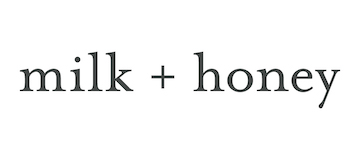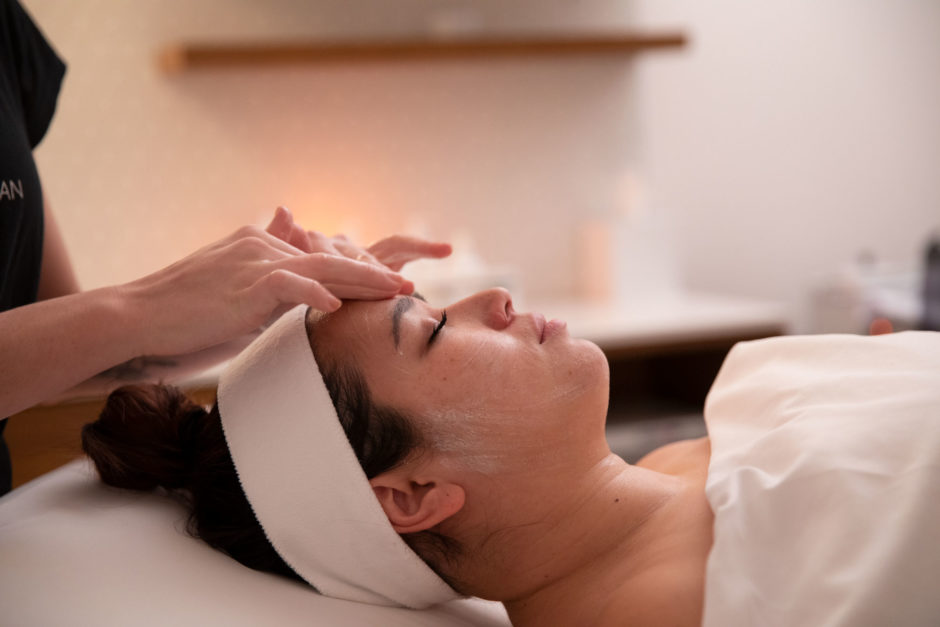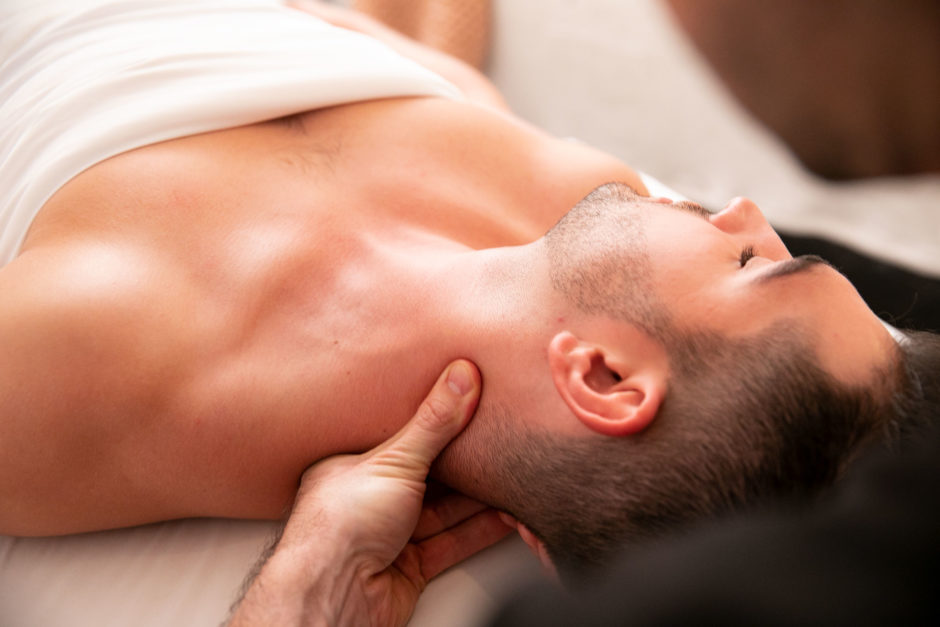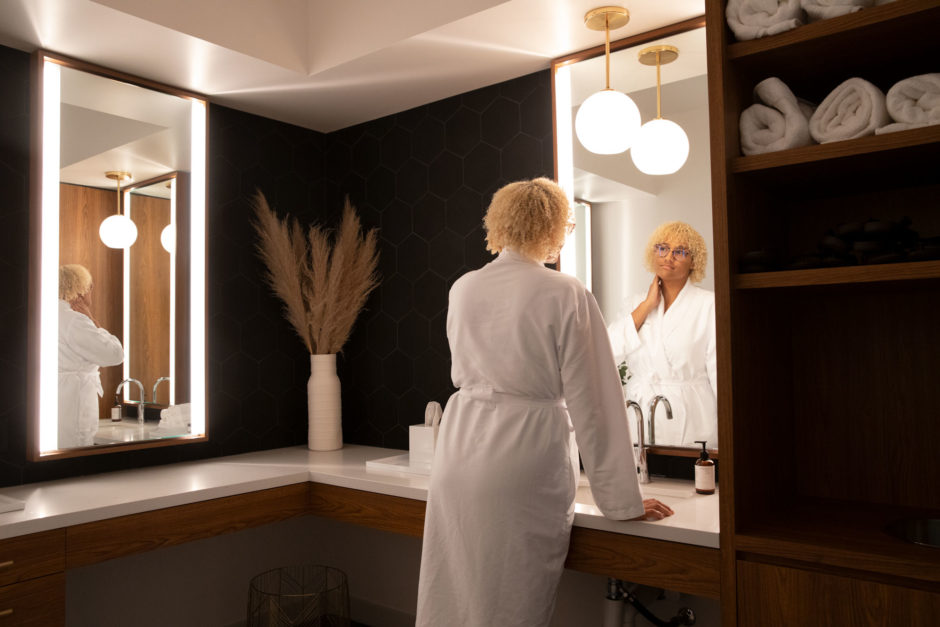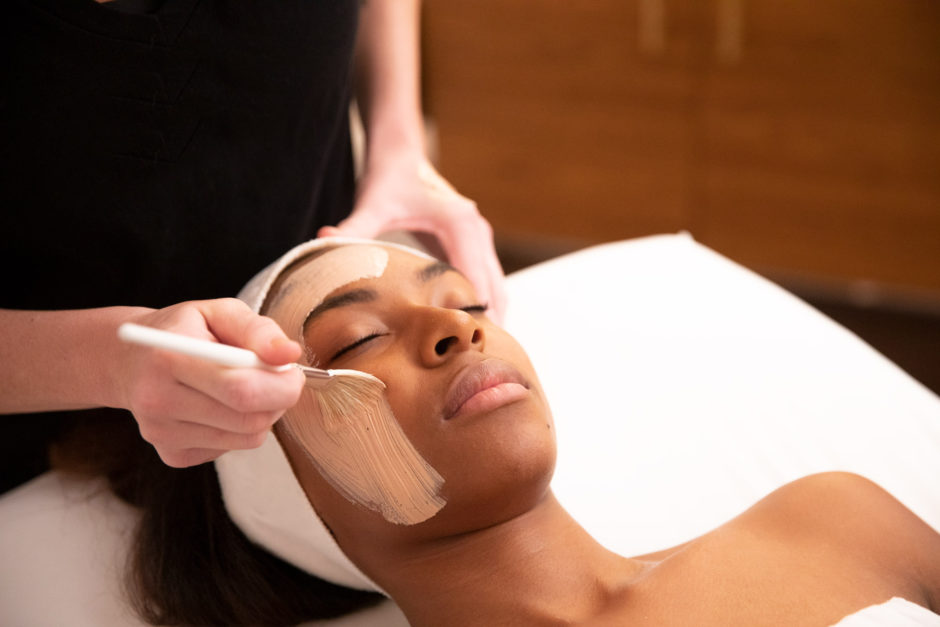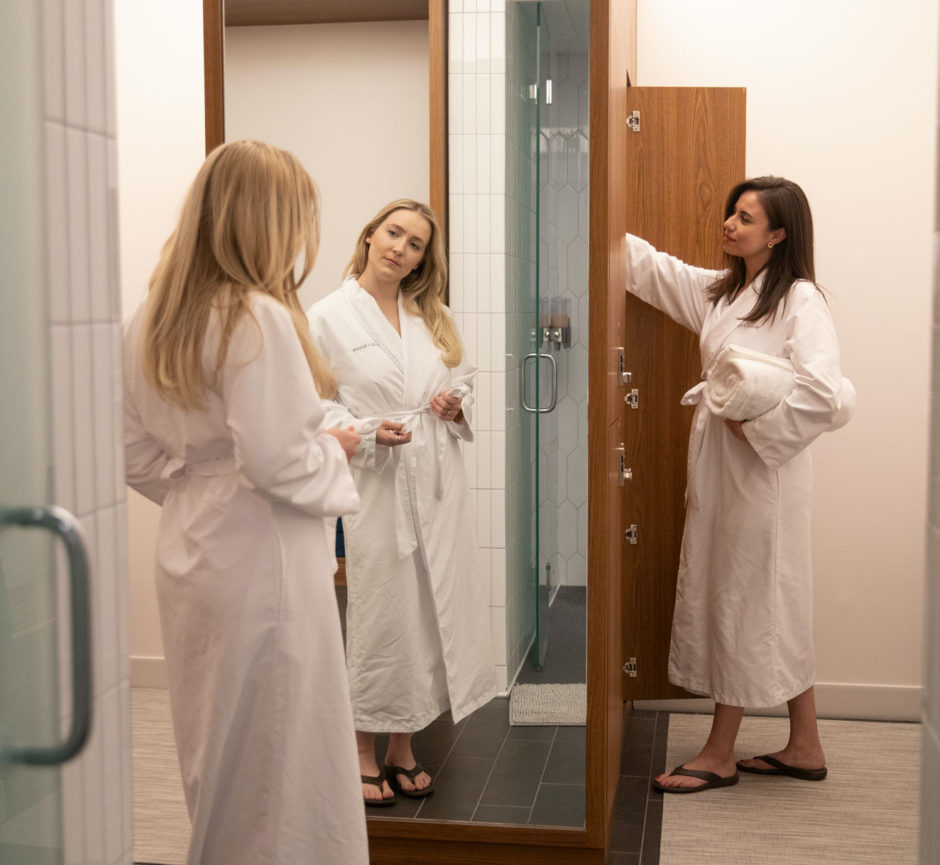Facials are a luxurious, yet effective way to care for your skin. After an hour or so of deep, but gentle cleansing, refreshing exfoliation, and a relaxing massage, it’s tempting to want to increase the frequency of your treatments. But how often should you get a facial? Depending on your skincare needs and goals, the frequency for which you should get a facial can vary from every three to eight weeks. The answer is different for each person; what’s best for you is probably different than what’s best for your friend because both of you likely have different skin types.
If you’re considering getting facials more often but aren’t sure how long you should wait between them, learn everything you need to know to help you set up a treatment schedule.
FACTORS THAT AFFECT HOW OFTEN YOU SHOULD GET A FACIAL
Your skin regenerates every 28 days, so ideally, you’ll want to allow ample time for new skin cells to generate and make their way to the surface, at which point they’re ready to be sloughed off — a la a refreshing facial. So when it comes to facials, you want to space them out enough so that they’re effective and far enough apart so they won’t irritate or damage your skin. No matter how good it can feel when it comes to facials, you can have too much of a good thing.
The frequency of your facials really depends on how well you keep up with your at-home skincare routine and your individual skincare needs; the sweet spot for most people is about once every four to six weeks. It’s also worth noting that if you have oily and acne-prone skin, you may want to bump up your facial to every three weeks, whereas if you have sensitive skin, you might consider dialing it back closer to the eight-week mark.
When you’re trying to figure out how often you should get a facial, the answer is that it varies based on your skincare needs. In order to get the most out of your facial, it’s important to talk to your esthetician to choose the best treatment and products for your skin. Also, after a thorough assessment, your esthetician can recommend an optimal schedule for your facials and at-home skincare routine.
WHAT ARE THE BENEFITS OF A FACIAL?
Once you know how frequently you should get facials, you may be wondering if it’s worth it to schedule regular treatments. While you will see immediate results from a facial after only one visit, your skin will gradually go back to its former state over time which is why we recommend regular visits and proper after-facial care to maintain the results.
One of the biggest benefits of a facial is having an esthetician deep clean your skin. In most cases, much like our Signature Facial, your treatment will also include toning, exfoliation, extraction, and a facial massage. All of these processes work together to reveal, fresher more radiant-looking skin.
Regular facials can help with:
- Acne
- Clogged pores
- Hyperpigmentation
- Dull skin
- Puffiness
And let’s not forget that sweet little ancillary benefit of feeling completely relaxed as your skin is massaged and indulged. To reiterate, you’ll see immediate benefits following a facial, but to maintain glowing, radiant-looking skin — we recommend getting facials regularly from a licensed esthetician in combination with a customized skincare routine they recommend for your needs and goals.
DIY vs. PROFESSIONAL FACIALS
Not all facials are created equal; homemade facials can help your skin stay clean and healthy between professional treatments, but for best results, you should work with an esthetician to develop a customized plan designed to achieve your skincare goals. A professional facial is customized to your unique skincare needs, whereas a DIY facial is more likely to be general for a wider range of skin types which can reduce its effectiveness. If you want to maintain the benefits you receive from a professional facial but don’t have the time or money for regular visits, your esthetician may work with you to develop a daily routine that incorporates products such as specific masks and tools suited for your skin.
If you still aren’t sure how often you should get a facial, work with a licensed esthetician to create a customized schedule. Book an appointment with milk + honey spa and see how our experienced estheticians can help you achieve and maintain plump, radiant-looking skin.
